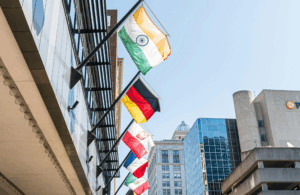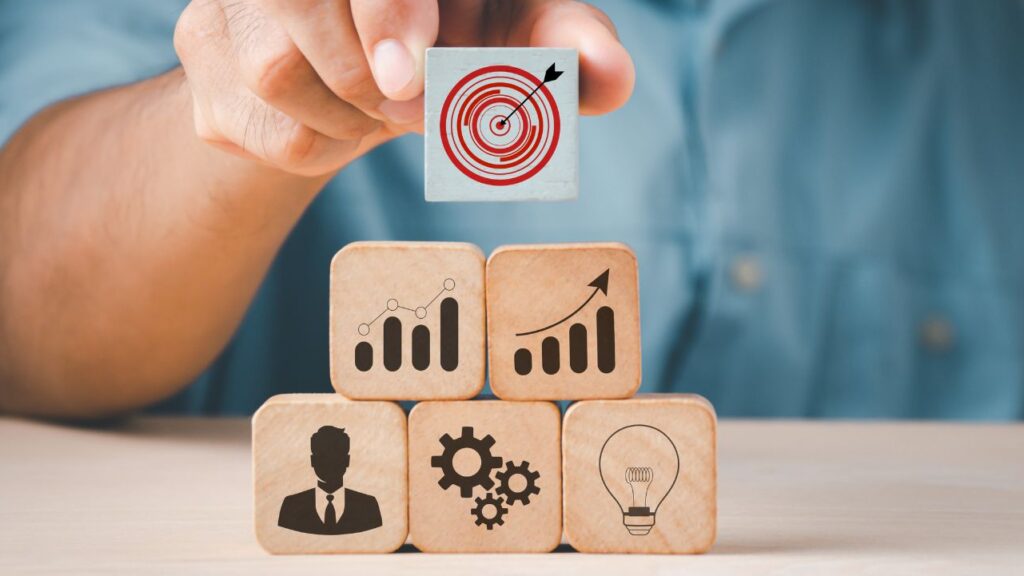

A lean transformation can help companies to take their business practices and evolve them to a more refined state. These transformations empower teams to work together fluidly, eliminating potential issues and striving to provide consistent and high-level results for customers.
Achieving a lean transformation will focus on five phases, which allow businesses to improve their practices and achieve a more consistent output. In this article, we will discuss these phases and what they look like in action.
Constancy of Purpose
The first phase of a lean transformation is the constancy of purpose. In this phase, business leaders will work together to define the appropriate direction for any changes. These decisions will be made, and all leadership will agree that this is the direction the company is taking and prepare to support these efforts. For convenience, this can be defined in a best practices document to keep everyone on the same page.
With this adjustment, businesses reach the first actionable phase of lean transformation—alignment. Now that leadership is all on the same page, there is a sense of high-level urgency that can be rolled out to other parts of the organization. Leadership will look at the processes in place and begin to define new processes that fit the new goals. They will manage people less and focus on the process instead.
Cultural Enablement
The second phase of a lean transformation is the cultural enablement phase, which focuses on the mindsets of the people. During this phase, leadership will work to help staff understand that improving the work is actually part of the work—a part that can lead to significant long-term benefits and less frustration down the line.
During this phase, leaders will provide the tools, resources, and systems to support the processes and the future of these processes. A best practices checklist can help staff to get up to speed and support these efforts. Workflows and scheduling strategies can also be used to create a visual flow for staff and keep everyone on the same page.
Basic Stability
Phase three is the phase where everything starts to get comfortable—basic stability. After the business transformation roles and responsibilities are clearly defined, things begin to run more smoothly. During this phase, these new processes will begin to stabilize and become a standard part of the workplace culture.
The processes are more predictable and provide a more stable outcome. Everyone knows what customers want and how to provide them with it, making it easy to support productivity and enhance stability while offering improvements.
Quality at the Source
Following more stable periods, it becomes very clear where problems are and what they look like, which contributes to phase four—quality at the source. By understanding defects and what lessens the value of output, staff and leaders can identify core problems. Even better, using more advanced systems and extensive pre-work, they can begin to define these issues at the source and get ahead of them. This creates a quality-focused culture.
Velocity
In the final phase of a lean transformation, companies reach velocity. This phase focuses on viewing the most advanced systems for flow. In this stage, everything begins to evolve to support best practices and helps to provide an even better experience. With everything refined and running smoothly, companies will have plenty to show off!
